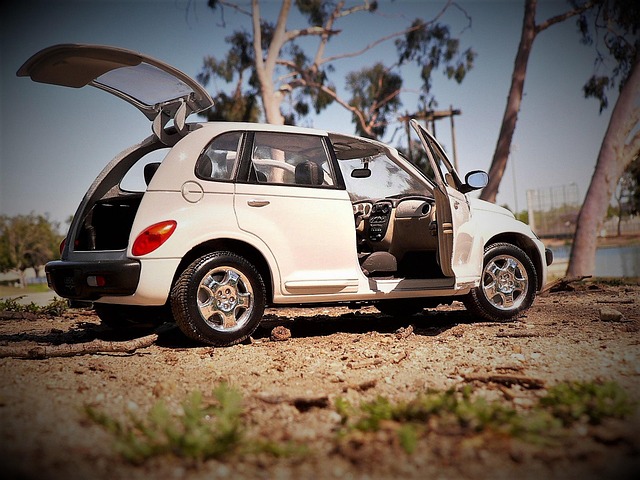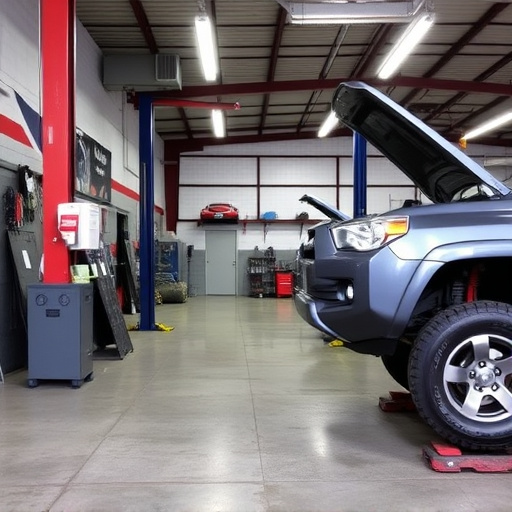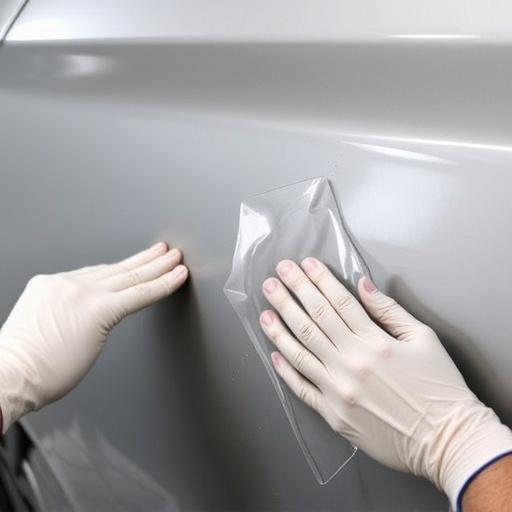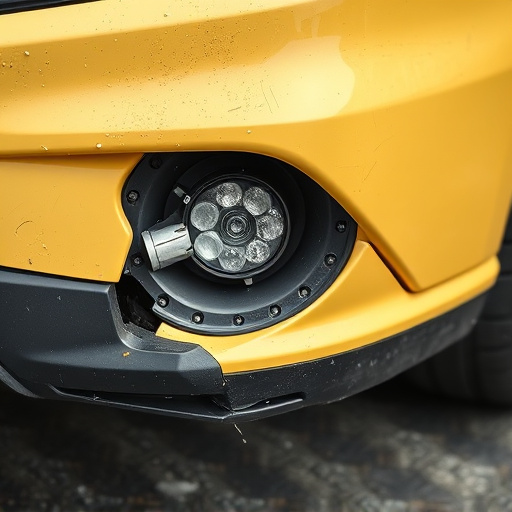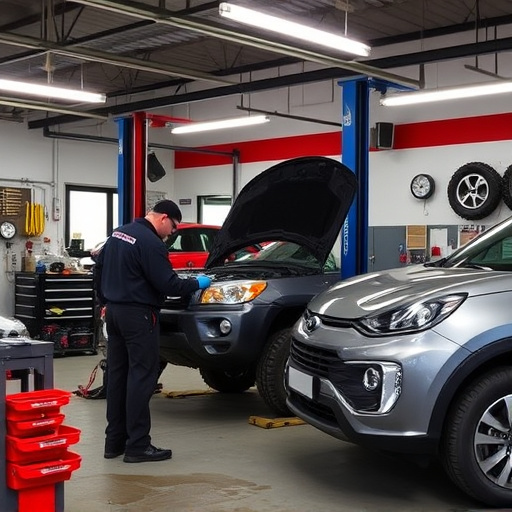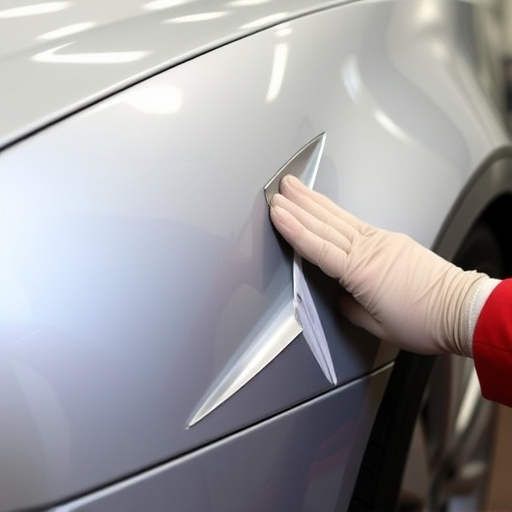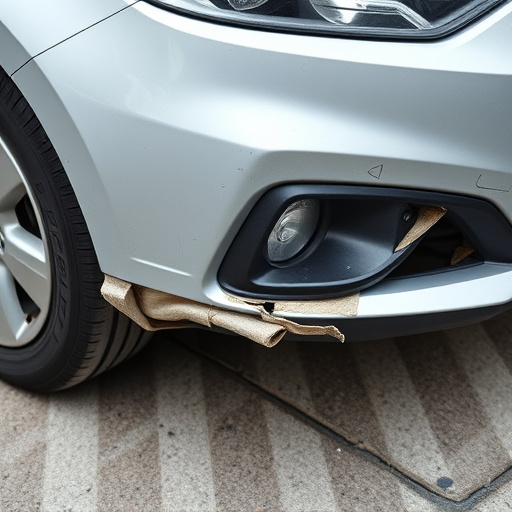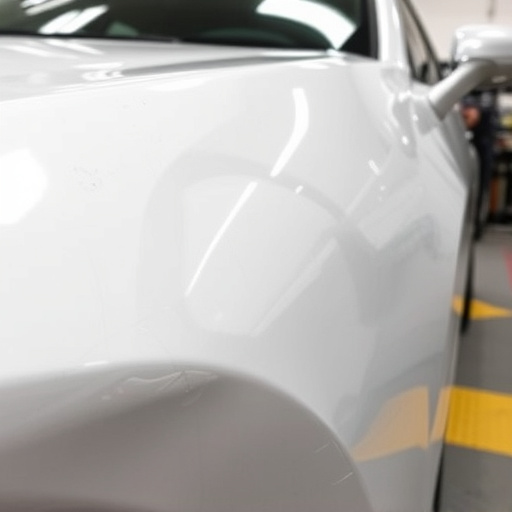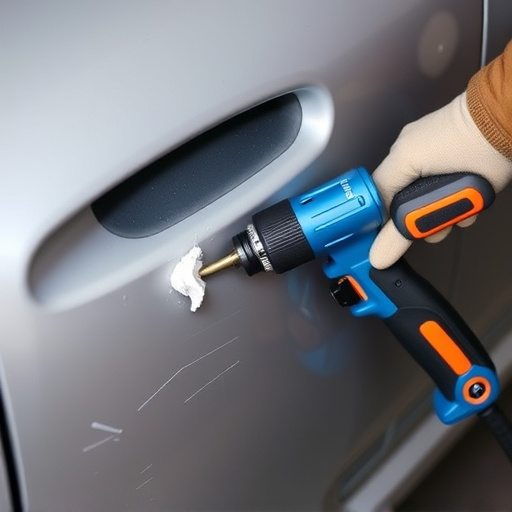OEM-certified replacement parts are considered the best choice for auto repair due to their superior quality, performance, and compatibility with specific vehicle models. These certified parts undergo rigorous testing and meet manufacturer standards, ensuring enhanced safety features and seamless integration. While aftermarket parts are more affordable, they may compromise quality and reliability. Choosing OEM-certified components is crucial for achieving both aesthetic excellence and optimal vehicle functionality in restoration projects.
When it comes to repairing or upgrading your vehicle, choosing the right replacement parts is crucial. This decision involves a choice between OEM-certified parts and aftermarket alternatives. OEM (Original Equipment Manufacturer) certified parts offer benefits like superior quality assurance and performance guaranteed by the vehicle’s original maker. In contrast, aftermarkets parts typically provide a cost-effective solution but may vary in performance and compatibility. This article guides you through understanding these options, comparing costs, and making an informed decision to ensure optimal vehicle health and performance.
- Understanding OEM-Certified Parts: Benefits and Quality Assurance
- Aftermarket vs OEM: Cost Comparison and Performance Considerations
- Making an Informed Decision: Factors to Weigh Before Purchase
Understanding OEM-Certified Parts: Benefits and Quality Assurance
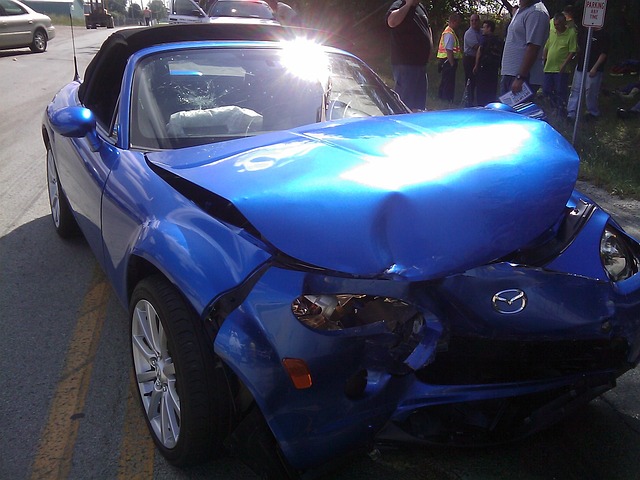
OEM-certified replacement parts are those that meet the exact specifications set by the original equipment manufacturer (OEM) for a particular vehicle make and model. This certification ensures quality, performance, and compatibility, making it the preferred choice for many auto repair shops and car body restoration experts. When you opt for OEM-certified parts, you benefit from enhanced safety features, as these parts are designed to fit seamlessly into your vehicle, ensuring optimal performance and reliability.
Moreover, OEM certifications come with strict quality assurance processes that adhere to manufacturer standards. This means you’re getting genuine components that have undergone rigorous testing and inspection, which is especially important for critical parts like engines, transmissions, or brake systems in a vehicle restoration project. For those involved in vehicle restoration, using OEM-certified parts can make all the difference, ensuring not just the aesthetic appeal of a car body restoration but also the safety and efficiency of the entire vehicle.
Aftermarket vs OEM: Cost Comparison and Performance Considerations
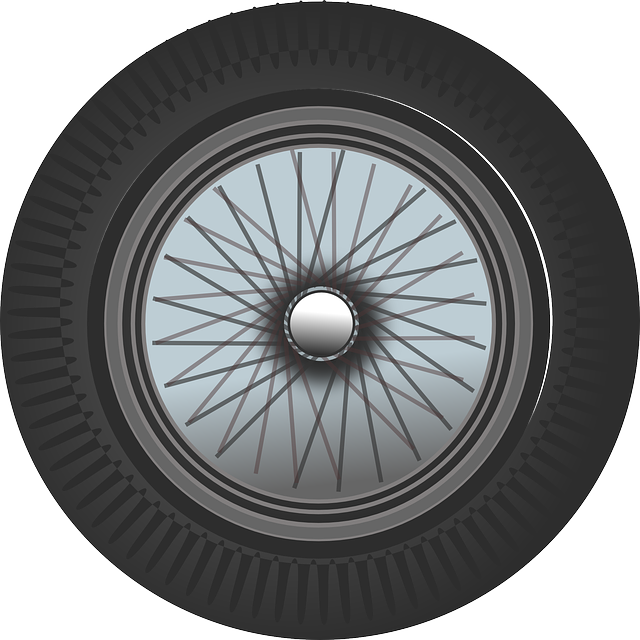
When comparing aftermarket and OEM-certified replacement parts, cost is a significant factor for many vehicle owners. Aftermarket parts are generally more affordable due to their third-party manufacturing and distribution. This makes them an attractive option for those looking to save money on auto maintenance. However, it’s important to note that not all cheap parts offer the same level of quality and performance as OEM alternatives.
In terms of performance, OEM-certified replacement parts often have an edge. They are designed and manufactured specifically for your vehicle’s make and model, ensuring a perfect fit and optimal performance. Aftermarket parts may require additional modifications or adjustments during installation, which could potentially impact their long-term reliability. Moreover, some drivers prefer the peace of mind that comes with using OEM parts, as they are thoroughly tested and backed by the manufacturer’s warranty, enhancing the overall auto repair services experience.
Making an Informed Decision: Factors to Weigh Before Purchase

Making an informed decision when choosing between aftermarket and OEM-certified replacement parts is crucial for successful car body restoration or any auto repair project. Several factors come into play, each with its own significance. One key consideration is compatibility; ensuring the part fits seamlessly with your vehicle’s make and model is essential to avoid any potential issues during installation. OEM-certified parts, being direct replacements, often offer superior compatibility, whereas aftermarkets may require additional modifications for a secure fit.
Cost is another critical aspect. While OEM parts guarantee quality and performance, they are usually more expensive due to their brand reputation and stringent manufacturing standards, as seen in auto collision centers. Aftermarket alternatives can be budget-friendly options but may compromise on reliability and warranty coverage. Weighing these options against your financial constraints and the specific needs of your auto repair shop will help make a well-rounded decision for your vehicle’s health and longevity.
When deciding between aftermarket and OEM-certified replacement parts, it’s crucial to weigh quality, cost, and performance. While aftermarket options may be more affordable, OEM-certified parts offer superior quality assurance and compatibility. By understanding the benefits of each, car owners can make an informed decision that best suits their needs and ensures optimal vehicle performance. Remember, choosing the right replacement parts is key to maintaining your vehicle’s reliability and safety.

